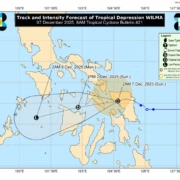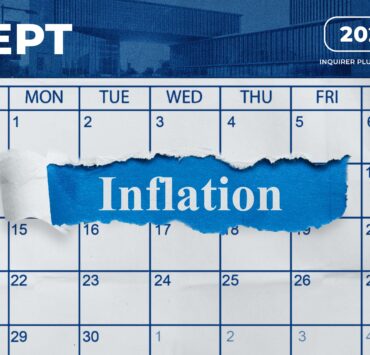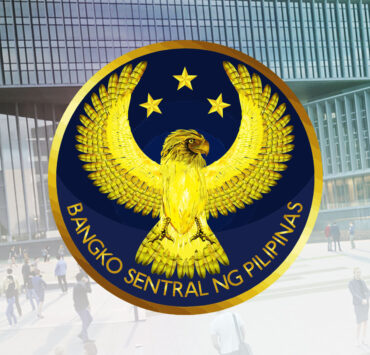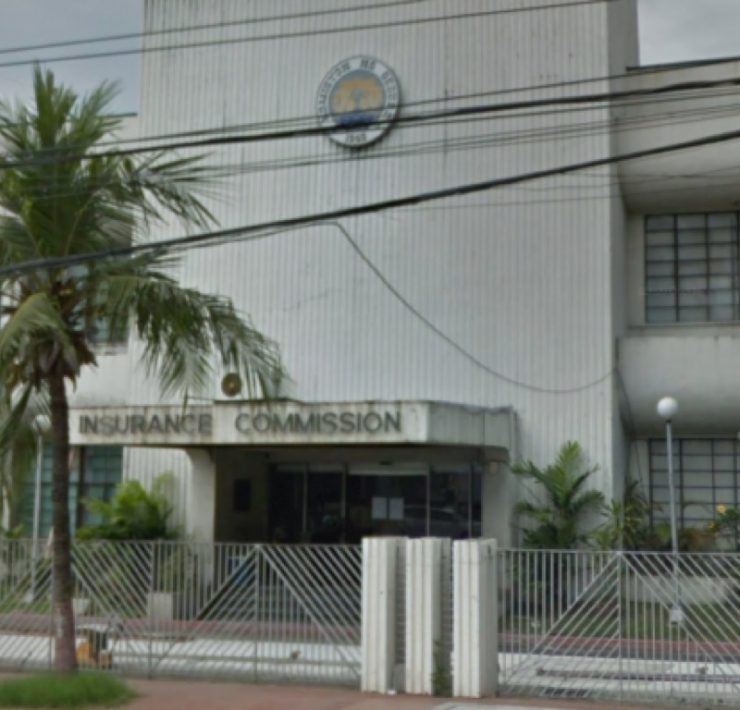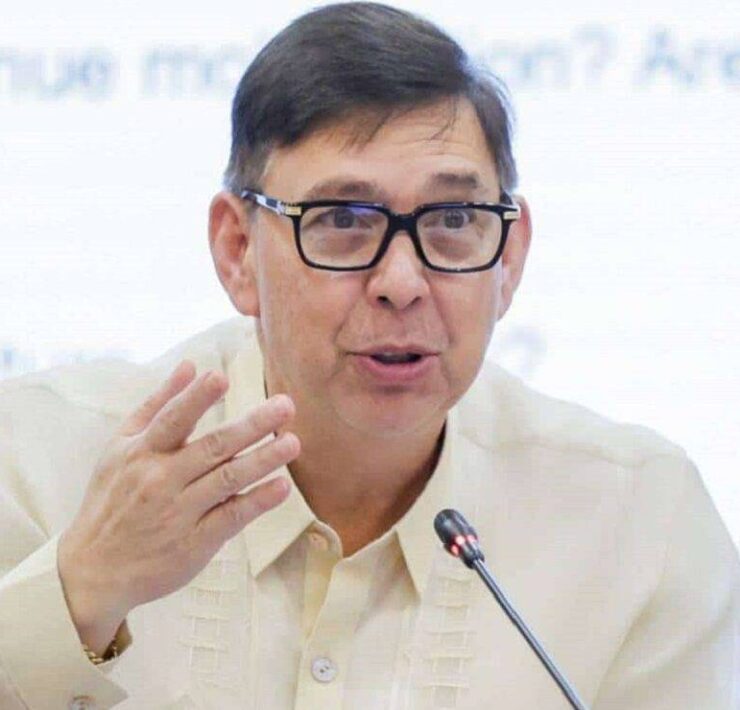World Bank sees steady PH growth despite Trump tariff
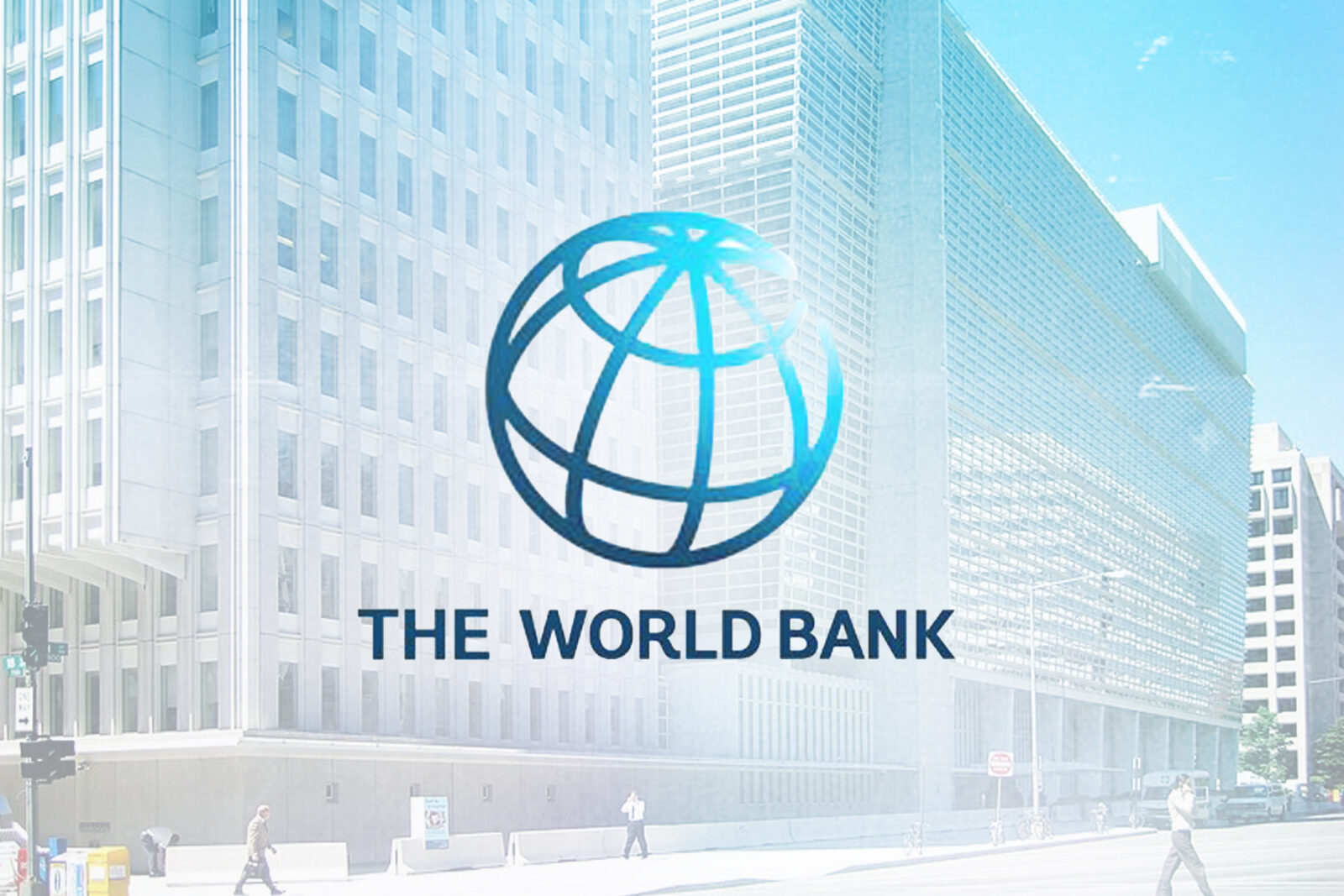
The World Bank (WB) said the Philippines can continue to lean on resilient domestic demand to cushion its economy from the fallout of higher US tariffs, which threaten to slow growth across East Asia.
In its latest East Asia and Pacific Economic Update, the Washington-based lender kept its growth forecast for the Philippines at 5.3 percent this year and 5.4 percent in 2026, pointing to steady consumer spending and sustained government investment in infrastructure development.
That relatively stable outlook stood out in a region bracing for trade disruptions and weaker external demand. The WB expects the broader East Asia and Pacific economy to expand by an average of 4.8 percent this year, easing from 5 percent in 2024.
With those projections, the Philippines—which was slapped with a 19-percent American tariff—is poised to be the region’s third fastest-growing economy this year, trailing only Vietnam’s robust 6.6 percent and Mongolia’s 5.9 percent.
Still, the bank’s forecast fell short of the Marcos administration’s target of 5.5- to 6.5-percent growth this year and 6 to 7 percent in 2026.
“The Philippines will benefit from robust domestic demand, supported by easing inflation, lower interest rates and strong labor markets,” WB said.
“Growth will also be sustained by public infrastructure investment exceeding 5 percent of gross domestic product and private investment spurred by the reforms discussed above,” it added.
Some of that momentum is already visible.
New challenges
In the second quarter, the economy expanded by 5.5 percent as household consumption grew at its fastest pace in more than two years, lifted by moderating inflation and lower borrowing costs. Even so, consumer spending remained below the prepandemic five-year average of 6.2 percent.
Zooming out, the WB said East Asia and the Pacific continued to outperform much of the world, but sustaining that momentum would require ambitious reforms as the region navigates an uncertain global environment.
The bank warned that the region’s once-successful model of inclusive development now faces new strains. Recent job growth has been concentrated in low-productivity, often informal service sectors that offer limited prospects for advancement.
At the same time, many young people are struggling to find work, and women continue to participate less in the labor force.
While about 25 million people in the region are expected to escape poverty between 2025 and 2026, the WB noted that the share of those vulnerable to falling back into poverty now exceeds the size of the middle class in most countries.
“East Asia’s export-oriented labor-intensive growth lifted a billion people out of poverty in the last three decades, but the region now faces the twin challenges of trade protection and job automation,” said WB East Asia and Pacific chief economist Aaditya Mattoo.
“Reforms of the business climate and improvements in education could unleash a virtuous cycle between opportunity and capacity, leading to higher growth and better jobs,” Mattoo added.











